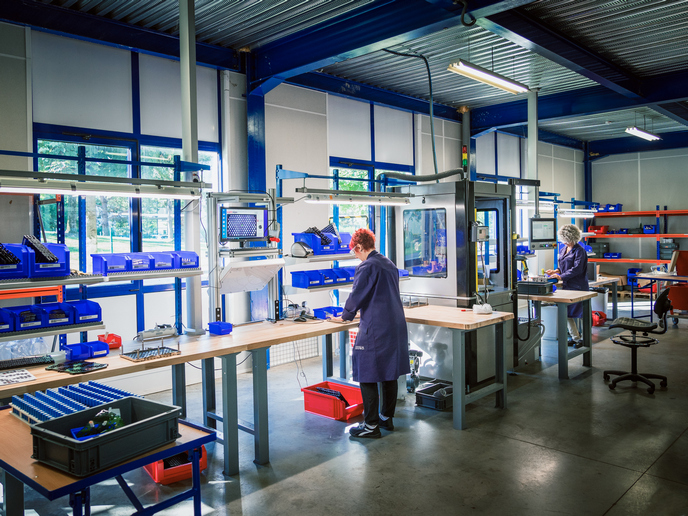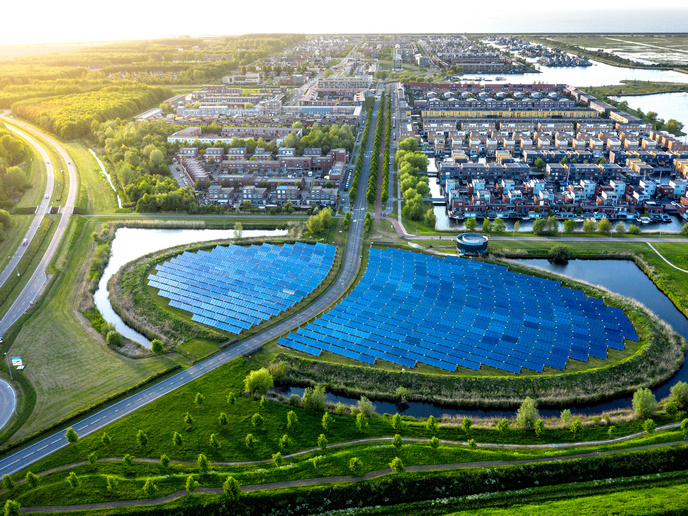Towards electric vehicles that run on air
The cathode active material, oxygen, is external to the battery for greatly reduced battery weight. This results in high specific energy and a promising candidate to meet electric vehicle needs for greater distances. However, the technology requires significant development to reach the commercialisation stage. Inefficient cycling and voltage gaps between charge and discharge are among the key issues. Scientists initiated the EU-funded project 'Unraveling the chemistry of the lithium-air battery by novel solid state NMR techniques' (LANMR) to investigate the electrochemical reactions and materials for optimisation. Researchers focused on the electrolyte and cathode materials. Oxidation of lithium at the anode and reduction of oxygen from ambient air at the cathode generates current flow. However, the reversible reaction between lithium and oxygen to form lithium peroxide results in highly reactive intermediate superoxide species, and lithium peroxide itself is highly oxidising. All these reactive species initiate side reactions that decrease efficiency such that practical energy density does not reach theoretically predicted values. LANMR scientists developed a solid-state nuclear magnetic resonance (ssNMR)-based methodology with excellent chemical specificity. Using it, they demonstrated that the cycle efficiency and cycle life of the lithium-air battery system are critically dependent on the electrolyte and electrode stability. Even with relatively stable electrolytes, the formation of small quantities of side products increases a parameter intricately related to cell efficiency (charge overpotential). This further increases side reactions and the build-up of their products decreases the stability of the carbon electrode. Studies suggest that addition of catalytic species to prevent the charge build-up should be done with care not to increase undesirable reactions. In contrast to other tools, the project's ssNMR-based methodology enabled the researchers to gain a clear picture of the factors affecting efficiency. The team has proven ssNMR to be a powerful and flexible analytical tool for the study of electrochemical reactions in battery cells. The approach is expected to be instrumental in development of the promising lithium-air battery for commercialisation. With it will come widespread uptake of electric vehicles for eco-friendly road transportation and minimised impact on the global climate.
Keywords
Electric vehicles, lithium-air, batteries, energy density, solid state, lithium peroxide, superoxide species







